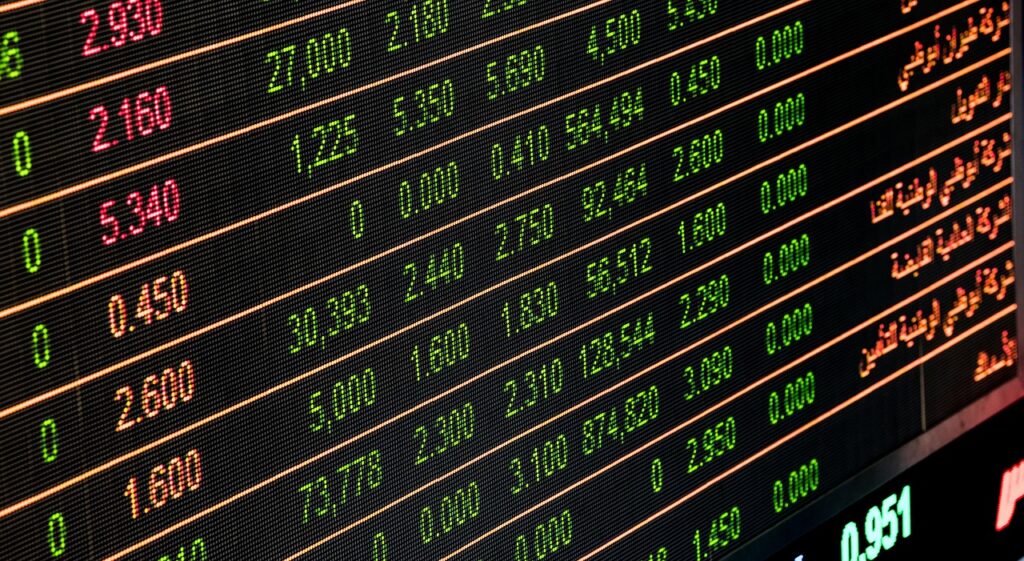On July 15, the National Bureau of Statistics released China’s H1 GDP numbers. The data showed that the gross domestic product (GDP) achieved positive year-on-year growth in the second quarter. From the perspective of the first half of the year, China’s total economic volume exceeded 56 trillion yuan. Firstly, the industrial added value was close to 20 trillion yuan; Secondly, the service industry added value exceeded 30 trillion yuan,; Lastly, the total investment in fixed assets exceeded 27 trillion yuan. Despite the decline, it still exceeded 21 trillion yuan. The analysis believes that this has increased confidence in responding to various risks and challenges.
Looking forward to the second half of the year, the key role of investment in stabilizing growth is very likely to increase. With the improvement of the epidemic prevention and control situation, offline consumption scenarios are gradually recovering. In addition to that, as the promotion of consumption policies is rising, consumption will continue to recover. China’s foreign trade imports and exports have strong resilience. At present, imports and exports in the Yangtze River Delta and other regions have recovered rapidly. And the port business environment has continued to optimize. There is a good foundation for maintaining stability and improving foreign trade.

China’s H1 GDP increased by 2.5% year-on-year, and the second quarter achieved positive growth
According to preliminary calculations, China’s H1 GDP of the year was 56.2 trillion yuan. It was a year-on-year increase of 2.5% at constant prices. Among them, the GDP in the second quarter was 29.2 trillion yuan, a year-on-year increase of 0.4%.
Cheng Shi, chief economist of ICBC International, said that the triple pressure of demand contraction, supply shock and weakening expectations has fully manifested in the first half of the year, and even exceeded expectations. This is the root cause of China’s economic slowdown in the second quarter. However, from the perspective of horizontal comparison and vertical comparison, the Chinese economy can maintain stability despite such severe changes and achieve positive economic growth that exceeds pessimistic expectations, which deeply reflects the strong resilience of the Chinese economy.

Fu Linghui, spokesman of the National Bureau of Statistics and director of the National Economic Comprehensive Statistics Department, said that in the second quarter, China’s economy overcame multiple pressures and challenges, and the main indicators stopped the downward trend and achieved stabilization and recovery. In the next stage, the economic operation will face many difficulties and challenges. But the fundamentals of China’s long-term economic improvement have not changed. As a series of policies and measures to stabilize growth take effect, the national economy will gradually recover and maintain steady growth.
Yuan Da, director of the comprehensive department of the National Development and Reform Commission, said recently that with the further implementation of various policies to stabilize the economy, the economy is expected to continue to maintain the momentum of recovery in the second half of the year and operate within a reasonable range.
Investment and export have obvious driving effects on China’s H1 GDP
From the perspective of the ‘troika’, investment and export have obvious driving effects on the economy. According to statistics, in the second quarter, fixed asset investment increased by 4.2% year-on-year. In addition to that, the year-on-year growth rate in a single month showed a trend of accelerating month by month. Specifically, the growth rate in April was 1.8%, the growth rate accelerated to 4.6% in May, and the growth rate further recovered to 5.6% in June. In June, fixed asset investment increased by 0.95% month-on-month.
Looking further into different fields, infrastructure investment increased by 7.1%. Secondly, manufacturing investment increased by 10.4%. Moreover, real estate development investment decreased by 5.4%.
In addition, the performance of foreign trade imports and exports also exceeded market expectations. In the first half of the year, the net export of goods trade was 2.48 trillion yuan, a year-on-year increase of 57.5%. It strongly drove GDP growth and made positive contributions to consolidating the foundation for economic recovery. In the first half of the year, foreign trade has become a bright spot in the ‘troika’.

Residents’ consumption continued to pick up, and the year-on-year growth rate of total retail sales in June turned positive
The latest data shows that in the month of June, the year-on-year growth rate of total retail sales of consumer goods turned positive, up 3.1% year-on-year, reversing the downward trend for three consecutive months.
Data show that in the first half of the year, the national retail sales of physical online goods increased by 5.6%, accounting for 25.9% of the total retail sales of social consumer goods.
The urban surveyed unemployment rate has fallen for two consecutive months, and residents’ income has grown steadily
Employment is a top priority for people’s livelihood and an important support for stabilizing the economic market. Data show that from January to June, 6.54 million new jobs were created in cities and towns across the country, completing 59% of the annual target and tasks, in line with the timing schedule. From the perspective of the second quarter, the national urban surveyed unemployment rate dropped continuously in May and June, and was 5.5% in June.

Economic performance by province
According to the information released by the Ministry of Human Resources and Social Security, 28 provinces (autonomous regions and municipalities directly under the Central Government) and the Xinjiang Production and Construction Corps have completed their tasks faster than the time sequence, but affected by the local epidemic, the progress of 3 provinces is relatively slow. In terms of provinces, the surveyed urban unemployment rate in most provinces is consistent with the national trend.
This year, the number of college graduates nationwide is expected to reach 10.76 million. The latest data shows that the 16-24-year-olds survey unemployment rate is still 19.3% higher. The executive meeting of the State Council held on July 13 deployed a number of policy measures to stabilize and expand jobs, and required to ensure the overall stability of employment. The meeting pointed out that the employment situation in June was better than that in April and May, but the task of stabilizing employment was still arduous.
According to the analysis of the Ministry of Human Resources and Social Security, the employment situation will continue to pick up.
In terms of residents’ income, the national per capita disposable income of residents actually increased by 3% year-on-year. However, it was down from the first quarter. By contrast, it was faster than the economic growth rate.

Institutions: China’s economic performance in the second half of the year will further increase
China’s H1 GDP grew by 2.5% year-on-year, which is still far from the annual GDP growth target of about 5.5%. How to stabilize growth in the second half of the year?
Zhang Yansheng believes that the most important thing is to coordinate the prevention and control of the epidemic and economic and social development. As a result, it will promote the full resumption of work by market entities. In addition, it will do a good job in the full start of infrastructure investment. In terms of stabilizing consumption, we should take measures in the second half of the year. We want ordinary people to directly get the money to stabilize consumption and spend it. When it happens, it will directly generate demand and directly drive the recovery of market players. Among them, there are small, medium and micro enterprises, and individual industrial and commercial households.

Zhang Jianping suggested to make good use of e-commerce platforms and combine online and offline development. At the same time, in the second half of the year, we should make efforts to optimize the business environment. We are aiming at reducing the comprehensive business cost of enterprises. There should be stable and predictable industrial policies and investment policies. In this way, it’s possible to to stimulate the enthusiasm of private enterprises to invest. In particular, the high-tech industries and modern service industries.
Financial policies to maintain steady growth
As of the end of June, the issuance of new special bonds in various regions was 3.41 trillion yuan. And the issuance of new special bonds for project construction in 2022 was almost good. Bai Jingming believes that the new special debt quota in the first half of the year will converted into physical workload in the second half of the year.
It’s the best time to develop the China market as the economy is picking up. Talk to Deep Digital China and let’s get you an awesome plan!
